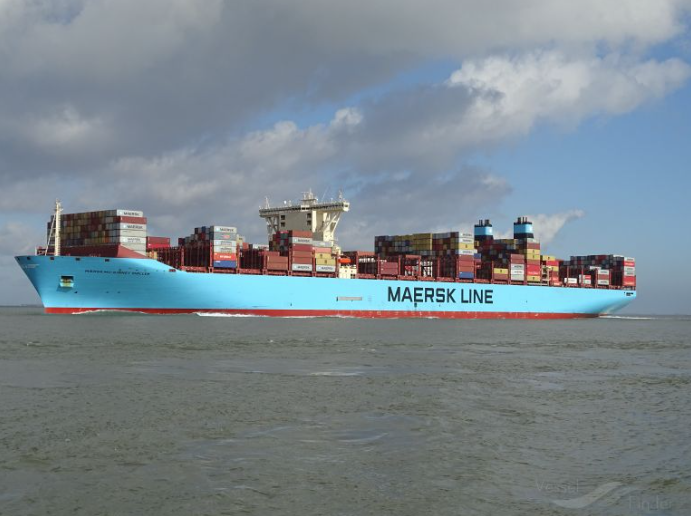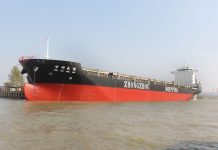
The number of ships of 18,000 TEUs and above has exceeded 4 million TEUs, due to substantial orders during the Covid boom, according to Alphaliner’s report.
At 4.1 million TEUs, these large ships, termed megamaxes, now account for more than half of the container shipping capacity of 7.2 million TEUs.
The first megamax ship was the 18,340 TEU Maersk McKinney Moller, which entered service in 2013. No fewer than 186 ships of the ‘MGX-24’ and the slightly smaller ‘MGX-23’ variety are currently in service, with 43 more ships and 1.25 million TEUs on order.
In recent years, megamax ships have become the main workhorses of the Asia-Europe trade, gradually replacing neo-panamax vessels from the top-tier liner services.
However, the next megamax delivery is only expected for mid-2028 since the pace of newbuilding orders for such ships has slowed down.
The last few years have seen liner operators focusing their fleet renewal on the Neo-Panamax and Panamax range, namely the 5,500 to 16,000 TEU vessels.
Today, megamax ships dominate the Asia-Europe/Mediterranean trade lane where 179 of the 186 ships are in service. Combined, they make up 3.88 million TEUs of the slot capacity on this route corridor. This is due to the longer sailing distances and the even distribution of calls between key ports. That said, Alphaliner expects some megamax ships to be deployed to the Asia-US East Coast route.
Many megamax ships are conventionally fuelled with only 15 vessels, operated by CMA CGM and Hapag-Lloyd, powered by LNG.
With carriers getting more ambitious about decarbonisation, 36 of the 41 megamax ships on order will run on alternative fuels.
Martina Li
Asia Correspondent








